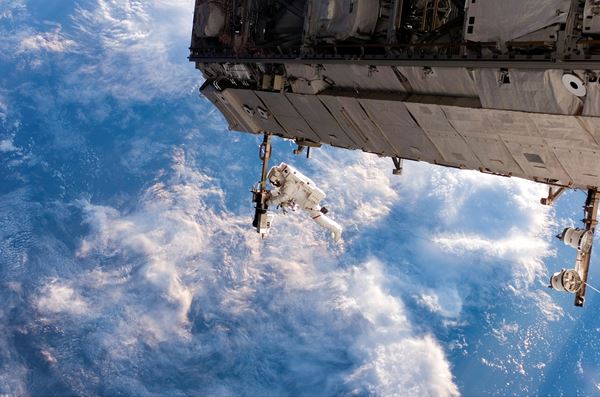
Scientists are constantly thinking of innovative new ways to test the capabilities of stem cells and to learn more about human biology. One interesting project created by NASA involves sending stem cells into outer space to test how they are affected by weightlessness.
The project sends stem cells to the International Space Station (ISS) to examine how they function in a near weightless environment. It isn’t the first time that scientists have tested stem cells in a weightless environment, but they are usually doing the testing in a simulated weightless environment on earth. This project is the first to test them in outer space. The project was recently documented in the magazine Science Magazine.
This project tests various types of cells, including stem cell-derived heart cells. The scientists are interested in learning how heart cells function in outer space. They may be able to use their findings to create techniques that extend the time that astronauts can safely spend in space.
Because weightlessness causes muscles to atrophy, scientists are concerned that the heart muscle may also atrophy while the astronaut is in space. Studying these stem cells in a petri dish will help them identify any changes in their health or function.
NASA has already found that stem cells cultured in space retain gene expression markers, but they do not fully develop into cells found in the human body. When the stem cells are brought back to earth they still have the ability to self-renew, but they do so at a slower rate compared to normal cells.
This research project will help scientists learn more about the effects of space travel on the human body. It might also uncover some useful information for developing new treatments on earth!
Source: Scientists are Sending Stem Cells Into Space — Here’s Why
{{cta(‘010124f3-c9bc-4a23-b9fc-74953e6288c9’)}}

